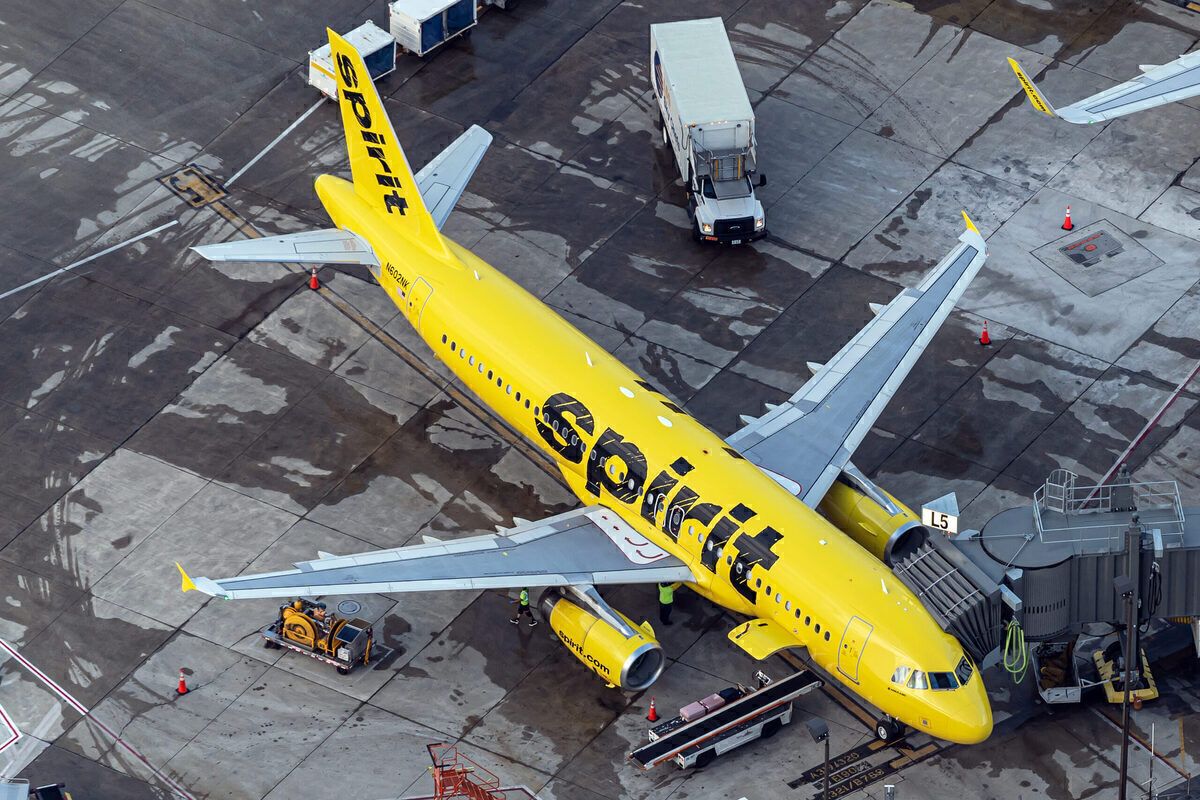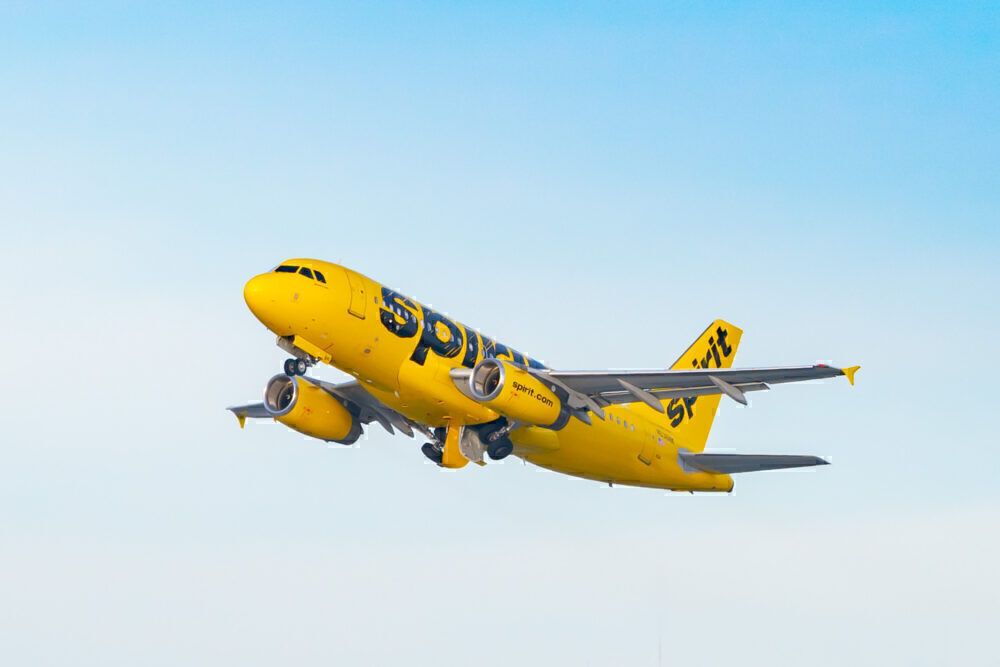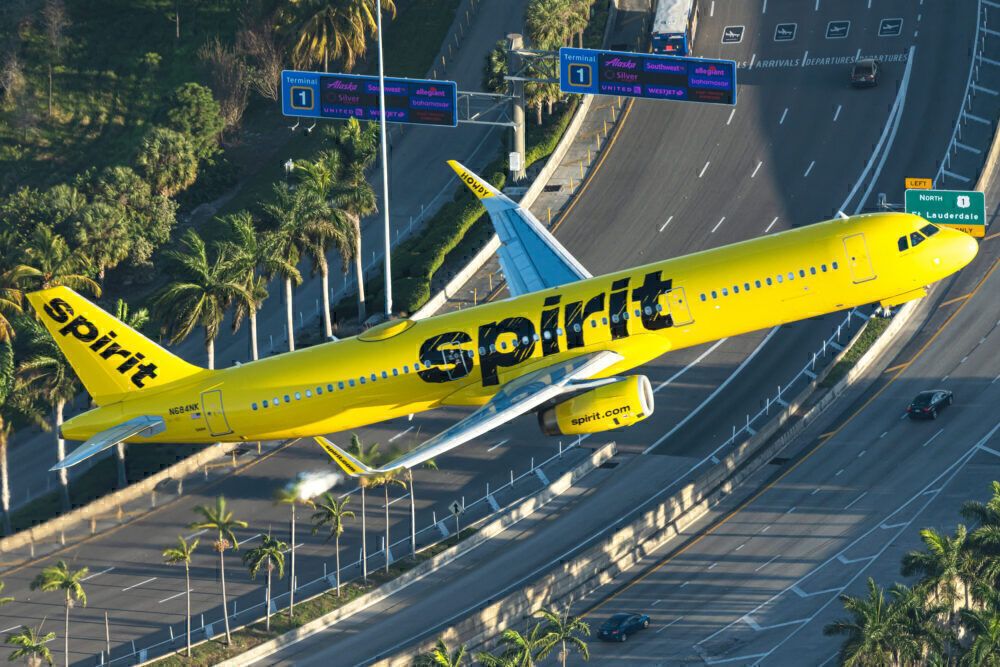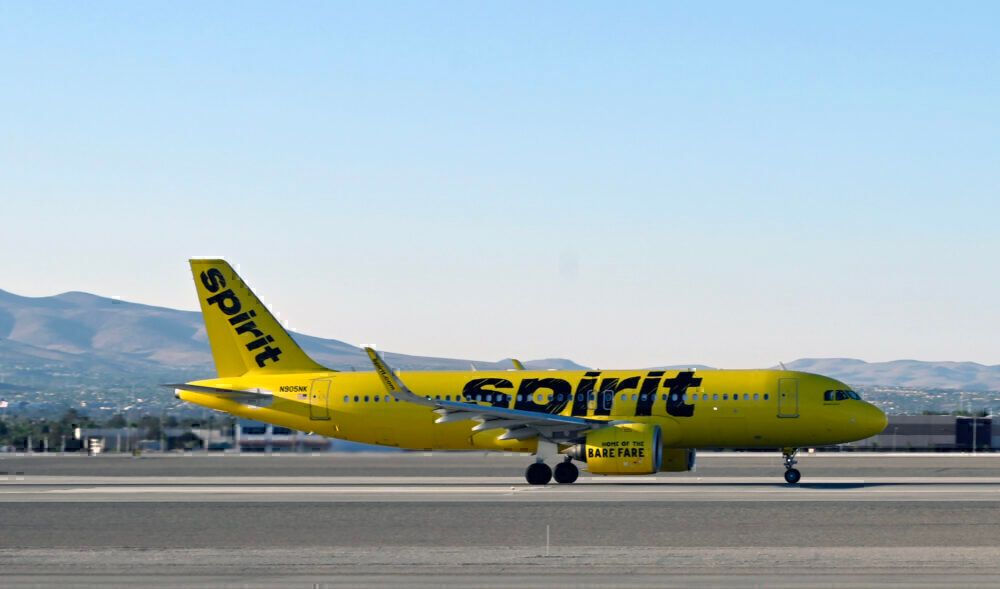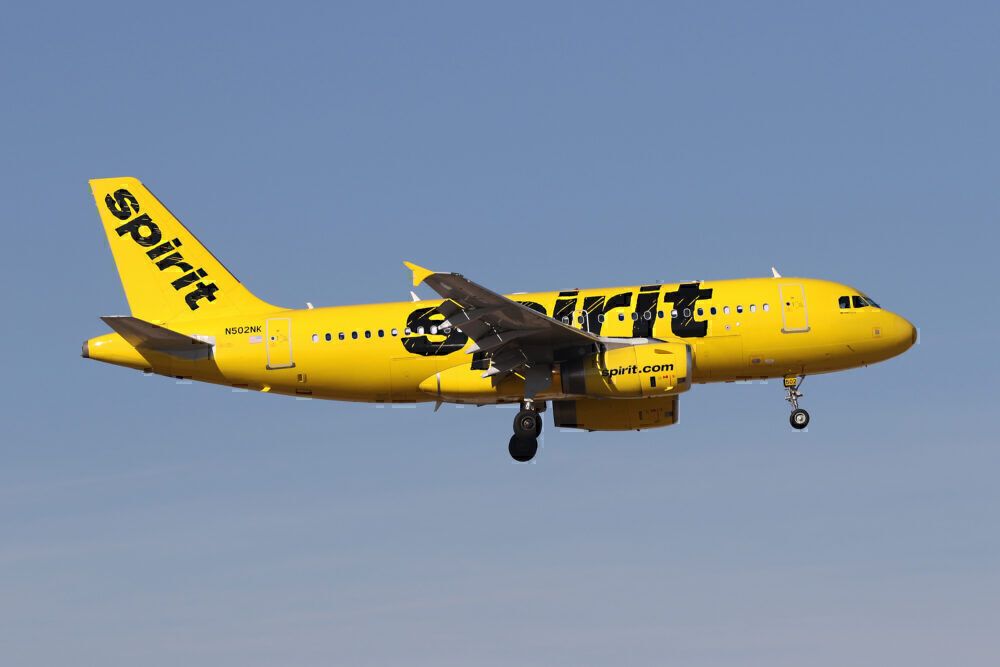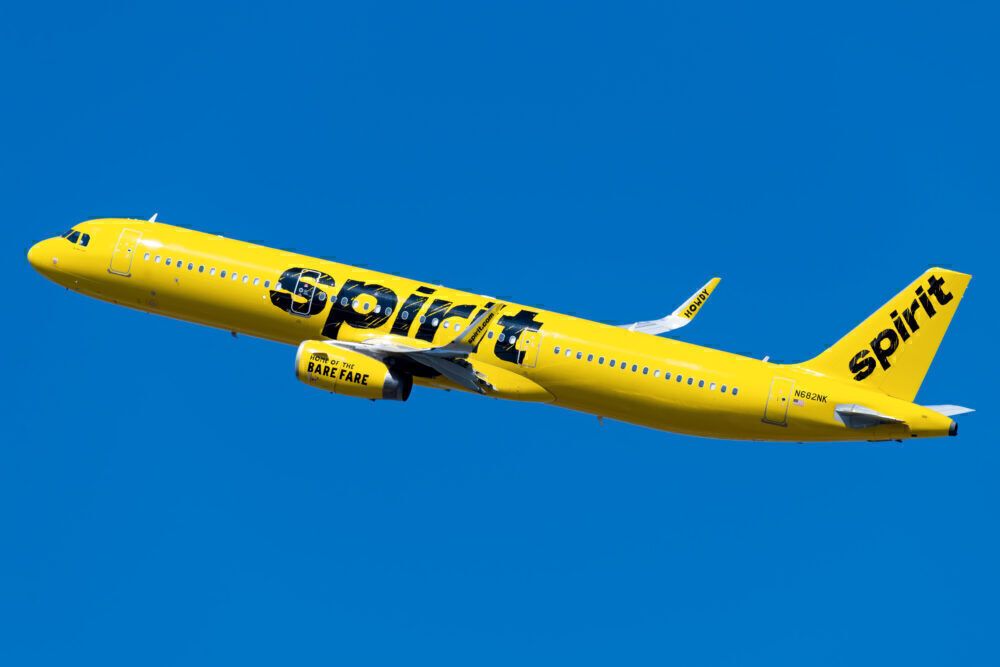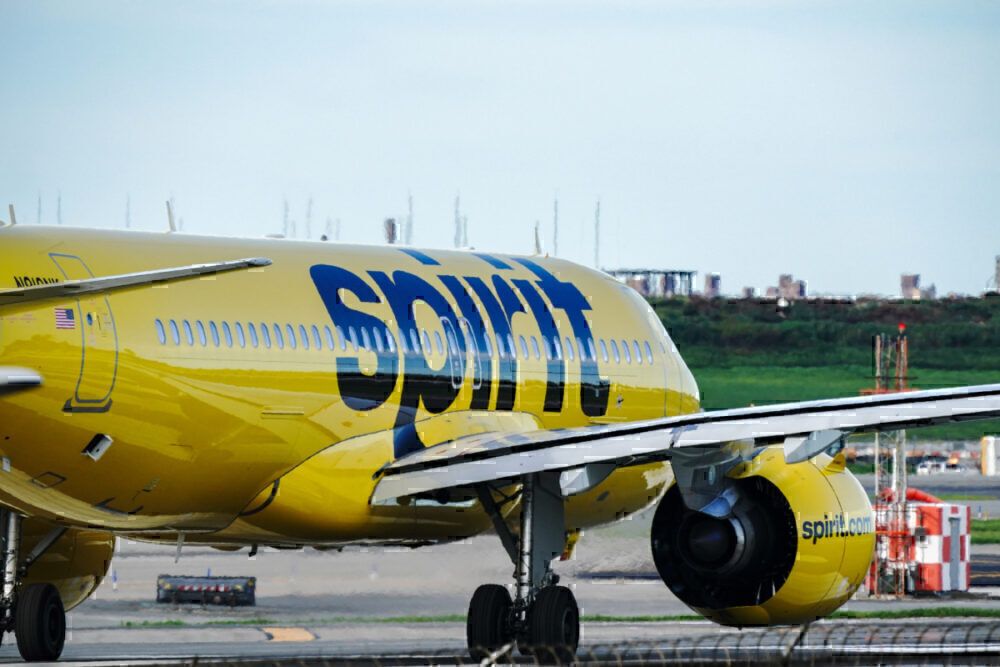Through most of 2020, Spirit Airlines took a conservative approach to route network expansion. While it did start last year with growth plans, the airline delayed those plans after the airline’s network came to a near-halt in the spring. From that point onwards, the first priority was for the airline to rebuild its core network. However, in recent months, the airline started to expand and has been on a bit of a bold expansion spree recently. To get some more color on Spirit’s method behind the expansions, Simple Flying spoke with John Kirby, Vice President of Network Planning at Spirit.
Spirit's recent expansion
The last couple of weeks have been big for Spirit, with plenty of new network expansions. The airline is adding Milwaukee, Louisville, and St. Louis in the heartland and growing its beach presence with new flights from Pensacola. In addition, the airline added new flights out of LaGuardia and added Orange County to its network late last year. Holding Pensacola and Orange County aside for a moment, Spirit has chosen to connect Milwaukee, Louisville, and St. Louis to similar destinations, including Florida and cities out west.
According to Mr. Kirby, Spirit has had its eye on Milwaukee for some time. In fact, the airline even planned to announce new Milwaukee service last year, but the pandemic delayed it. So, some of these expansions are focused on enacting previously-made plans.
For reference, Spirit announced on Thursday two additional city additions to its network. From St. Louis (STL), the airline will add daily flights to Fort Lauderdale (FLL), Las Vegas (LAS), Los Angeles (LAX), and Orlando (MCO) starting on May 27th.
From Pensacola, Florida (PNS), Spirit will start service on June 10th to Austin (AUS), Dallas/Ft. Worth (DFW), Louisville (SDF), and the new addition of St. Louis (STL). On June 11th, additional flights from PNS will start to Columbus (CMH), Indianapolis (IND), and Kansas City (MCI).
The big piece of Spirit's pandemic-era expansion
The second piece is demand and where things are restriction-wise. Florida is one market where demand has been high throughout the pandemic and where it remains high in future bookings, as Mr. Kirby stated:
“We already have pretty good frequencies to Florida from most of our markets. So, it's really about adding more service to Florida from incremental destinations, and new revenue streams that we're not participating in today.”
Aside from Florida, these new cities will also be connected to cities out west, such as Las Vegas and Los Angeles, which is a decision Spirit made based on where they think the market will stand in the next few months:
“We're also anticipating Las Vegas, by the time we get to the late spring and summer, we think that that's going to be fairly open as well. As you remember last year, it was also used as a gateway the national park system. We think that's going to be a trend that will continue this year as well. And then we're making a bet that LA will be opened up by the summer as well.”
In terms of where Spirit is expanding, these cities all have a few different trends in common. In some of these cities, passenger numbers have dropped, and airlines have pulled back capacity in the last several years. Milwaukee and St. Louis are two examples of those cities.
While that did play into some of Spirit’s decision-making, the emphasis the airline has placed is on its core strengths:
“Right now, we are trying to lead with our strengths and the strength that we're seeing in the marketplace. It's less about focusing on the Midwest, and more about the Midwest is a market that typically you can serve to Florida as well as Las Vegas and Los Angeles. Typically, the Florida markets plus Vegas and LA are usually the top five markets in most Midwest marketplaces.”
Spirit is going after the demand for nonstop flights that do not currently exist. For example, Spirit will be the only passenger carrier that flies nonstop from Louisville and Milwaukee to Los Angeles.
A focus on the long run
Spirit Airlines, notably, has stayed out of some recent hot markets. Here is what Mr. Kirby had to say about those markets:
"A lot of carriers introduced new [services], and particularly certain markets got hot – Palm Springs, Bozeman, Jackson Hole – the [Florida] panhandle was also one of those places. We really didn't participate in that and it's because our business model is focused on leisure and VFR traffic, and so chasing some of those demand spots where we don't really have a presence and being maybe the fifth or sixth or seventh carrier in really didn't make a lot of sense for us. So, we focus really on bringing back our network that we had first and foremost."
Airlines from Southwest to Delta to American to Allegiant and plenty of others jumped on demand-shuffles that led travelers to seek parts of the US that they previously did not before.
Stay informed: Sign up for our daily and weekly aviation news digests!
Some of those destinations may only see a short-term bump in demand. Once the demand environment normalizes, it may not make sense for an airline to continue serving some of those outdoor leisure destinations with all the capacity they added. Plus, to get into the new market, airlines need to do an aggressive amount of marketing, which is a cost that does not make sense for some carriers in the short-term.
This is not to say that Spirit Airlines will not be entering these markets ever. Rather, the airline is just choosing not to do it right now. If demand is still high for point-to-point travel from a strong Spirit market to some of these cities, then it would not be surprising to see the airline use any of its over one hundred aircraft on order to expand.
The airline has accelerated aircraft deliveries as other carriers have chosen to defer theirs. This opened up slots for the airline to take on new jets in 2022 and beyond. The airline's latest fleet plan sees the airline growing from the 157 aircraft it had at the end of the year in 2020 to 190 jets by the end of 2022, with 16 deliveries planned for 2021.
What do you think about Spirit's network growth strategy? Let us know in the comments!

